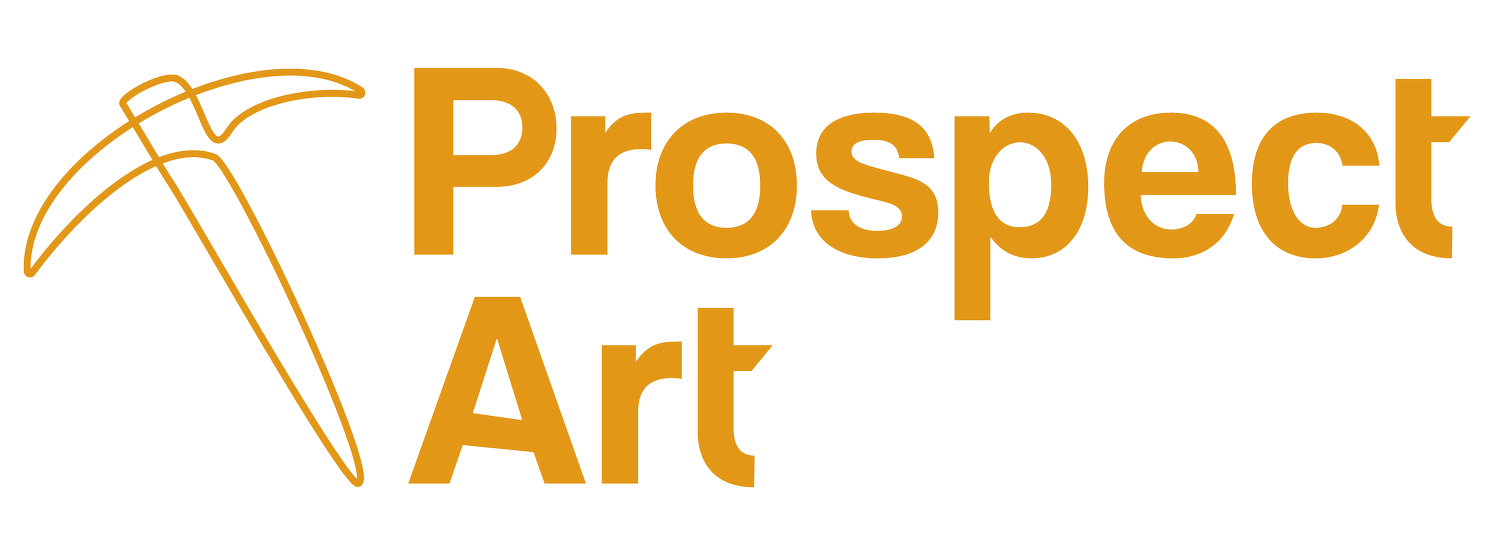STORIES OF DEEP TIME
Addressing the long-term impacts of human technologies, this event explores the geological concept of deep time, with a particular focus on the impact of nuclear energy. The discussion features artists who have developed concrete responses to issues surrounding nuclear waste disposal at both micro and macro scales, engaging with the unmanageability of radiation and our efforts to moderate and contain it. Artist Veit Stratmann presents his proposal for a nuclear waste storage site in France and is joined in conversation by ceramicist Aimee Lax, who inherited a honey jar containing uranium oxide. Together, they explore the role of storytelling and ritual in the disposal of radioactive materials.
The film A Hill offers a speculative view of the year 2071, when a nuclear waste storage site in Aube, France, will be sealed beneath layers of protective material and topped with a lawn. Over the course of 300 years, the site will be gradually elevated by the addition of a 4.5-meter layer of topsoil, sourced from nearby grounds, creating a parallel waste pit in the process. The film highlights the profound challenges of communicating the toxicity of a landscape to future generations.
Extending the discussion of toxicity to a smaller scale, Aimee Lax reflects on her work with bentonite clay—materials currently considered as potential buffers for the geological disposal of radioactive waste. During her residency at the V&A in 2020, Lax created an installation using bentonite and was gifted a jar of uranium oxide, once used as a pigment for ceramic glazes, by chemist-potter Linda Bloomfield. Using this object as a conceptual starting point, Lax’s practice explores themes of attraction and repulsion, the familiar and the unfamiliar, and a sense of otherworldliness.
ABOUT THE ARTISTS
Veit Stratmann is a contemporary artist whose practice explores decision-making, spatial perception, and public encounter. Since the early 1990s, his work has questioned how artistic gestures can operate as open-ended propositions—constructing “parentheses” within space without altering its physical form. Often installed in public sites, Stratmann’s works invite viewers into an active relationship of choice and interpretation, transforming ordinary spatial conditions into sites of critical reflection. Influenced by artists of the 1970s neo-avant-garde, such as Michael Asher, Stratmann deliberately employs forms of low aesthetic value to shift focus toward the viewer’s role and the political potential of choice. Born in Germany and based in France since 1981, his personal experience of displacement informs his interest in borders, permeability, and the uses of shared space.
Aimee Lax is a sculptor and ceramicist whose work explores the intersections of science, technology, and the environment. Her recent projects investigate the Anthropocene and the nuclear era, using familiar materials to provoke reflection on radiation, energy, and our collective future. A graduate of the Royal College of Art, Lax has collaborated with institutions including the V&A, Crafts Council, IKON Gallery, and the Eden Project. Her work is held in the permanent collection of contemporary ceramics at the V&A. In 2020, she was Artist in Residence at the V&A, where she transformed the studio into a laboratory for material inquiry—a process she continues as she expands the conversation around energy and ecological crisis. Lax is currently Senior Lecturer in Ceramics at Bath Spa University.
'Science fiction is becoming fact' | Artist in Residence: Aimee Lax | V&A
